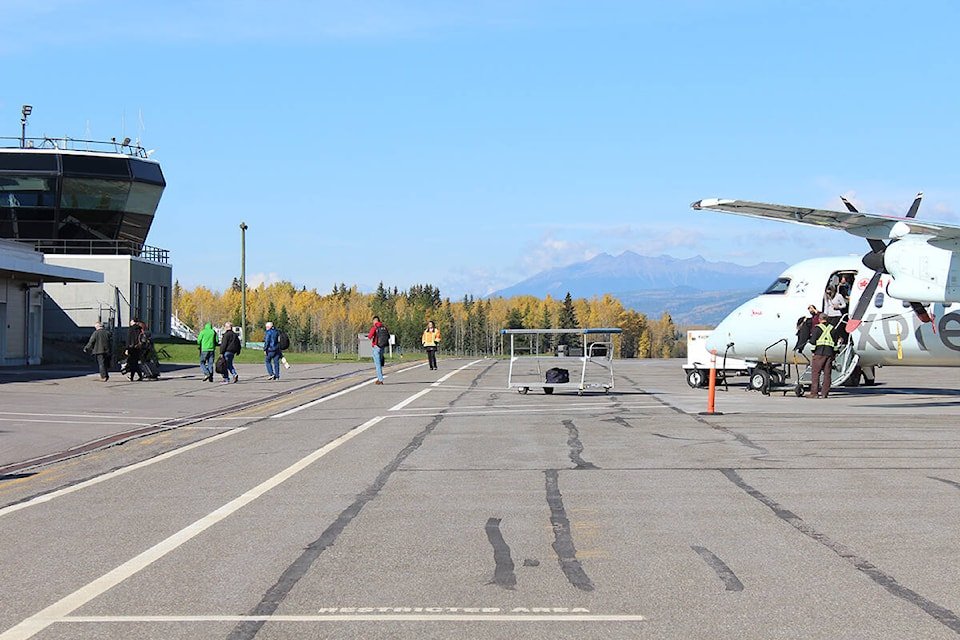Smithers town council has awarded the airport master plan contract to Patricia Maloney Consulting. The consulting firm will develop a comprehensive new plan for Smithers Regional Airport (YYD), whose last master plan was completed in 2009.
Earlier in 2025, the Town applied for a grant through the BC Air Access Program with the help of Moorhouse Aviation. The application was successful, securing $35,000 to support the creation of the new master plan. The Town then issued a request for proposals to select a qualified firm to provide professional consulting services.
The new plan will offer a full overview of the airport’s current operations and future potential. It will assess infrastructure, operations, and economic opportunities while creating a clear vision for the airport’s growth. It will also provide guidance on marketing, land use, tenant attraction, and greenhouse gas reduction. The plan will identify projects that may be eligible for BC Air Access Program funding.
Airport Manager Trevin Muscat highlighted that the consultant’s proposal considers the airport’s need for revenue generation, careful capital spending, and strong asset management. The approach also addresses unique challenges, including the region’s small population base, economic leakage to neighboring municipalities, and the airport’s reliance on grants.
Muscat noted the plan will also account for larger industry challenges, such as shifting airline travel patterns, changing consumer behaviors, and evolving political landscapes. The tailored approach is designed to suit Smithers Regional Airport’s specific regional and fiscal conditions.
Patricia Maloney Consulting brings extensive experience in airport master planning, having completed similar projects for regional airports including Campbell River, Fort McMurray, Yellowknife, Qualicum Beach, Nanaimo, Cowichan Valley, McBride, Grande Prairie, Villeneuve, Peace River, Prince Rupert, and Terrace.
The town council’s decision ensures that Smithers Regional Airport will have a strategic roadmap to guide its infrastructure development, economic growth, and long-term operations while aligning with regional needs and funding opportunities.

